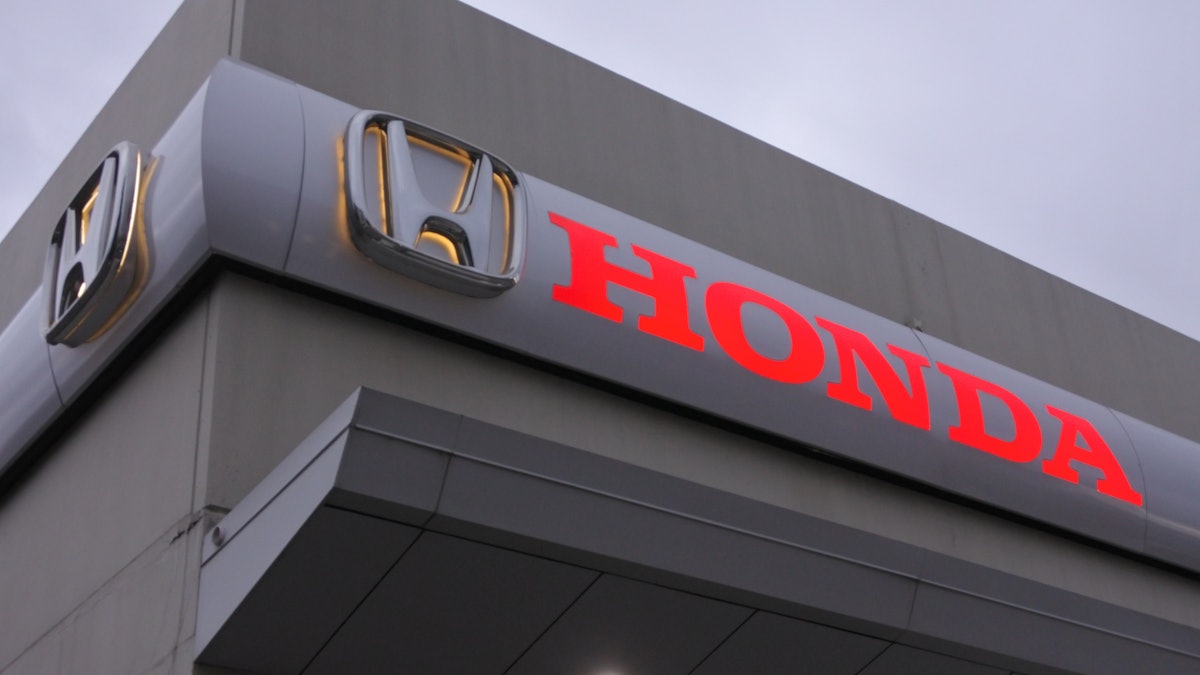
Honda today outlined the company’s plan to increase the use of hydrogen fuel cell technology and expand its hydrogen business. The announcement comes the same day Honda’s joint venture with GM, Fuel Cell System Manufacturing, started mass production of the new Honda fuel cell system in Brownstown, Michigan. According to the automaker, the venture will be the first to produce hydrogen fuel cells at scale.
The new fuel cell system was co-developed by Honda and GM over the last ten years and should double durability while reducing cost by one-third compared to the previous generation system, specifically the 2019 Honda Clarity Fuel Cell.
Honda has been working on hydrogen R&D and fuel cell electric vehicles (FCEV) for more than 30 years.
Jay Joseph, VP of sustainability and business development at American Honda Motor, says it isn’t a choice between battery electric or hydrogen fuel cell technology rather, it’s about “selecting the right energy source, in the right place, for the right purpose, to achieve carbon neutrality as quickly and efficiently as possible.”
Most Read on IEN:
Honda is striving to hit carbon neutrality for all products and corporate activities by 2050. Part of the effort will include “making new Honda vehicles out of old Honda vehicles” with the complete use of sustainable materials. The company says it will create a circular economy so Honda can recycle or reuse every bit of the materials from its vehicles, reprocess them back to raw materials and reuse those materials in the creation of new products.
Honda sees hydrogen as one of the high-potential energy carriers that supports this direction of renewable energy and electrification. The “hydrogen circulation cycle,” which starts with renewable energy, consists of three phases: generate, store/transport and use.
More specifically, with water electrolysis technology, excess electricity derived from renewable energy sources can be used to create “green hydrogen,” which can be stored indefinitely with no energy loss. Using fuel cell technology, this hydrogen can then be converted back into zero-emission electricity for a variety of purposes, including stationary backup power to account for fluctuations in power generation due to seasonality and weather conditions. Stored hydrogen can also be used to transport energy to where it is needed via land, sea and pipeline.
Honda will expand the applications of the new Honda fuel cell system beyond FCEVs to various internal and external applications, thereby stimulating demand for hydrogen and facilitating the carbon neutrality of society through the use of hydrogen.
Honda has identified four core domains for the initial use of its new fuel cell system: FCEVs, commercial fuel cell vehicles, stationary power stations and construction machinery.
This year, Honda will launch an all-new CR-V FCEV made at Honda’s manufacturing Center in Marysville, Ohio. It will be the only fuel-cell electric passenger vehicle made in America.
The company is also working in commercial vehicles, developing the Giga Fuel Cell, a zero-emissions fuel cell-powered heavy-duty truck currently being co-developed with Isuzu Motors. The two companies have begun demonstration testing of a prototype model on public roads in Japan and plan to introduce the production model in 2027.
Honda is even preparing a proof-of-concept Class 8 hydrogen fuel cell truck in the U.S. and is in talks with potential customers.
Honda also began testing a stationary fuel cell power station on its Torrance, California, campus in March 2023, marking the company’s first step toward future commercialization of zero-emission backup power generation. The power station supplies clean and quiet emergency backup power to Honda’s data center. In December 2023, Honda also announced a similar joint project in Japan where Honda will establish a stationary fuel cell station to power a Mitsubishi data center.
To achieve widespread utilization of fuel cell systems, it is critical to establish hydrogen ecosystems that include hydrogen supply. Honda has been supporting the expansion of hydrogen station networks in Japan by participating in the Japan Hydrogen Station Network Joint Company (Japan H2 Mobility/JHyM) and in North America by supporting hydrogen station businesses such as FirstElement Fuel and others.
Honda will also proactively participate in hydrogen generation projects organized by national and local governments that currently use large volumes of imported hydrogen at ports and other locations. Through these initiatives, Honda will work to build partnerships with companies involved in this new area.
Finally, Honda is conducting advanced hydrogen R&D while envisioning use in outer space, another potential area where hydrogen technologies such as a fuel cell system and high differential pressure water electrolysis technologies can be utilized. In addition to water and food, people need oxygen, as well as hydrogen for fuel and electricity for various activities supporting life in space.
To enable sustainable space activities, it is necessary to reduce the need to resupply these resources from Earth as much as possible. One of the solutions to this challenge is to create a “circulative renewable energy system,” which combines a high differential pressure water electrolysis system that produces oxygen and hydrogen using solar energy to electrolyze water, and a fuel cell system that generates electricity and water from oxygen and hydrogen.
To create such a system, Honda conducted joint R&D with the Japan Aerospace Exploration Agency (JAXA) during the 2021 and 2022 fiscal years (period ended March 31, 2022). In 2022, Honda signed a deal with JAXA regarding the “circulative renewable energy system” that is designed to supply electricity to maintain the functionality of the living space and various systems of lunar rovers.
Based on this contract, Honda will be commissioned by JAXA to first conduct concept studies, then to develop a “breadboard model4,” an early-stage prototype, by the end of the 2024 fiscal year (ending March 31).


